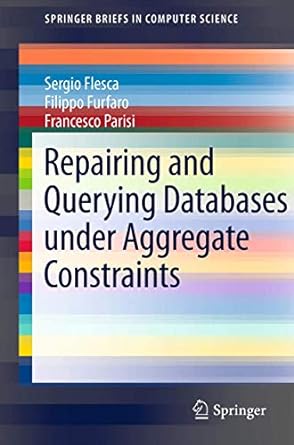Question
Can someone help me with this PYTHON code! In this notebook you will modify the binary search tree implementation completed in class so that it
Can someone help me with this PYTHON code!
In this notebook you will modify the binary search tree implementation completed in class so that it can be used as a mapping structure. The Node class will be updated so as to hold separate key and value attributes (instead of a single value, as it currently does), and instead of the add method, you should implement the __getitem__ and __setitem__ methods in order to associate keys and values. __delitem__, __contains__, and __iter__ will also need to be updated, to perform key-based removal, search, and iteration. Finally, the keys, values, and items methods will return iterators that allow the keys, values, and key/value tuples of the tree (all sorted in order of their associated keys) to be traversed.
If __setitem__ is called with an existing key, the method will simply locate the associated node and update its value with the newly provided value (as you would expect a mapping structure to do). If either __getitem__ or __delitem__ are called with a key that does not exist in the tree, a KeyError should be raised.
The API described above will allow the tree to be used as follows:
t = BSTree() t[0] = 'zero' t[5] = 'five' t[2] = 'two' print(t[5]) t[5] = 'FIVE!!!' for k,v in t.items(): print(k, '=', v) del t[2] print('length =', len(t)) The expected output of the above follows:
five 0 = zero 2 = two 5 = FIVE!!! length = 2
The following BSTree class contains an updated Node, and stubs for the methods you are to implement. The first few simple test cases beneath the class definition should help clarify the required behavior.
In [ ]:
class BSTree:
class Node:
def __init__(self, key, val, left=None, right=None):
self.key = key
self.val = val
self.left = left
self.right = right
def __init__(self):
self.size = 0
self.root = None
def __getitem__(self, key):
# YOUR CODE HERE
raise NotImplementedError()
def __setitem__(self, key, val):
# YOUR CODE HERE
raise NotImplementedError()
def __delitem__(self, key):
# YOUR CODE HERE
raise NotImplementedError()
def __contains__(self, key):
# YOUR CODE HERE
raise NotImplementedError()
def __len__(self):
return self.size
def __iter__(self):
# YOUR CODE HERE
raise NotImplementedError()
def keys(self):
# YOUR CODE HERE
raise NotImplementedError()
def values(self):
# YOUR CODE HERE
raise NotImplementedError()
def items(self):
# YOUR CODE HERE
raise NotImplementedError()
def pprint(self, width=64):
"""Attempts to pretty-print this tree's contents."""
height = self.height()
nodes = [(self.root, 0)]
prev_level = 0
repr_str = ''
while nodes:
n,level = nodes.pop(0)
if prev_level != level:
prev_level = level
repr_str += ' '
if not n:
if level < height-1:
nodes.extend([(None, level+1), (None, level+1)])
repr_str += '{val:^{width}}'.format(val='-', width=width//2**level) elif n:
if n.left or level < height-1:
nodes.append((n.left, level+1))
if n.right or level < height-1:
nodes.append((n.right, level+1))
repr_str += '{val:^{width}}'.format(val=n.key, width=width//2**level) print(repr_str)
def height(self):
"""Returns the height of the longest branch of the tree."""
def height_rec(t):
if not t:
return 0
else:
return max(1+height_rec(t.left), 1+height_rec(t.right))
return height_rec(self.root)
Step by Step Solution
There are 3 Steps involved in it
Step: 1

Get Instant Access to Expert-Tailored Solutions
See step-by-step solutions with expert insights and AI powered tools for academic success
Step: 2

Step: 3

Ace Your Homework with AI
Get the answers you need in no time with our AI-driven, step-by-step assistance
Get Started


